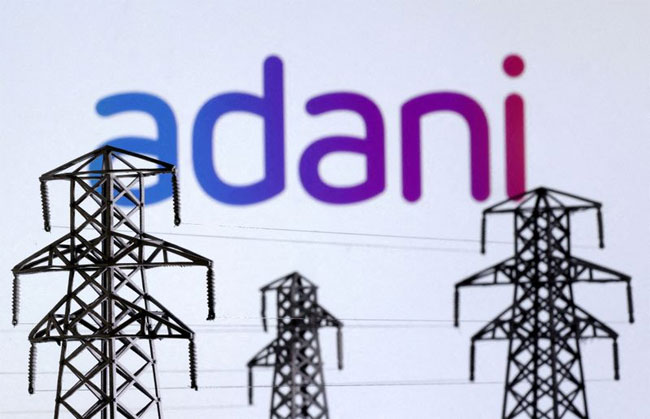Adani Group to resume talks with Sri Lanka after withdrawing from project – report
February 16, 2025 10:00 am
Top executives from the Adani Group are set to reopen discussions with the Sri Lankan government next week, just days after the company announced its withdrawal from a major wind energy project in the island nation.
Adani Green Energy, led by billionaire Gautam Adani, will engage in fresh negotiations to revive two 484-megawatt (MW) renewable energy wind farms in Mannar and Pooneryn, sources familiar with the matter told The Tribune. The project, which also includes a 220-kilovolt (kV) and 400 kV transmission network to deliver power to Sri Lanka’s southern regions, had been in the works for over two years.
The Sri Lankan government had been pressing Adani Green Energy to lower its tariff rates, a key sticking point in negotiations. The group had pledged an investment of $442 million in the project, with $5 million already spent on predevelopment activities.
On Wednesday, Adani Group formally announced its decision to exit the project. In a statement, the company said: “We would respectfully withdraw from the said project. As we bow out, we wish to reaffirm that we would always be available for the Sri Lankan government to have us undertake any development opportunity, if it ever considers Adani Group to participate. We wish to convey our best wishes and gratitude to the government of Sri Lanka for the opportunity of engagement.”
Before withdrawing, the Adani Group had held over 14 rounds of discussions with Sri Lankan authorities and secured approvals for a 20-year power purchase agreement. However, the project remained stalled due to pending environmental clearance for the Mannar site and an associated Supreme Court case.
Adani’s withdrawal has raised concerns in Sri Lanka, as it marks the second major foreign investment exit in recent months. In December 2024, Australian firm United Petroleum also pulled out of its project in the country.
With new talks on the horizon, both sides are expected to explore ways to keep the wind energy project alive, potentially addressing tariff concerns and regulatory hurdles.
Source: The Tribune
--Agencies












